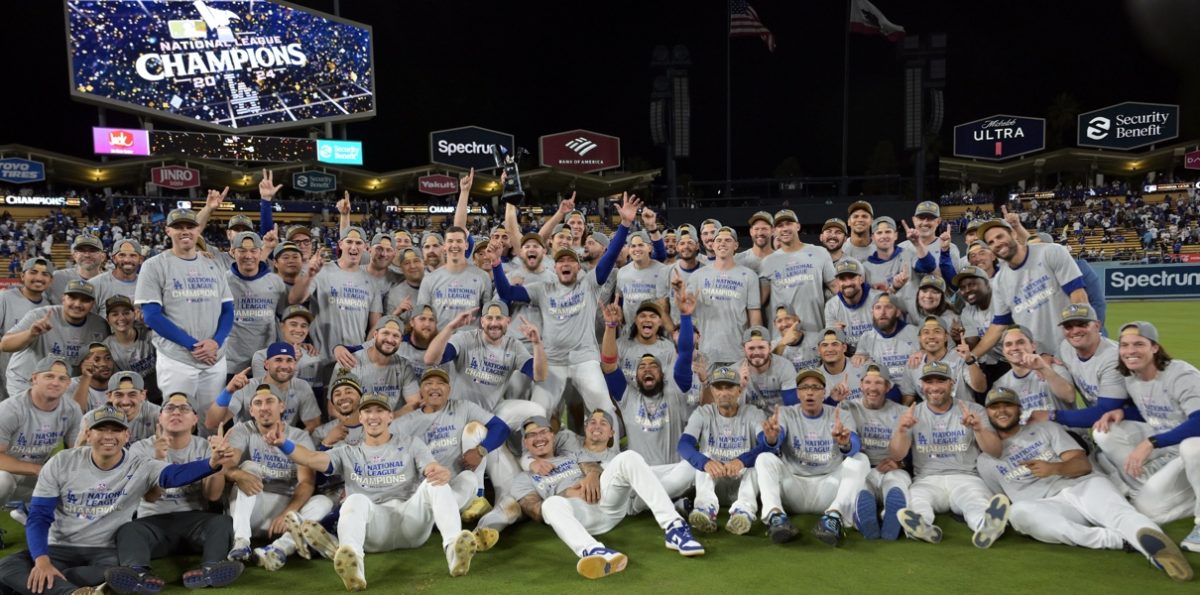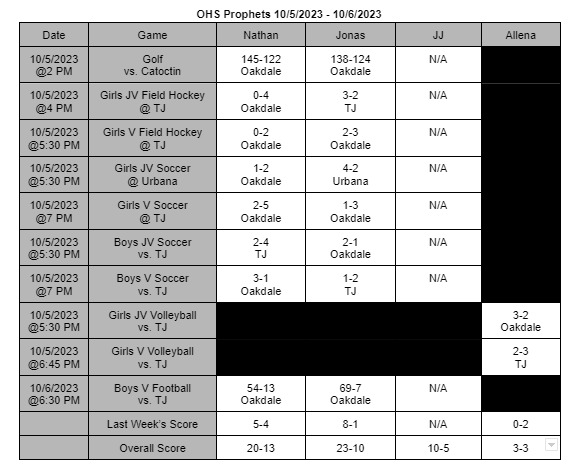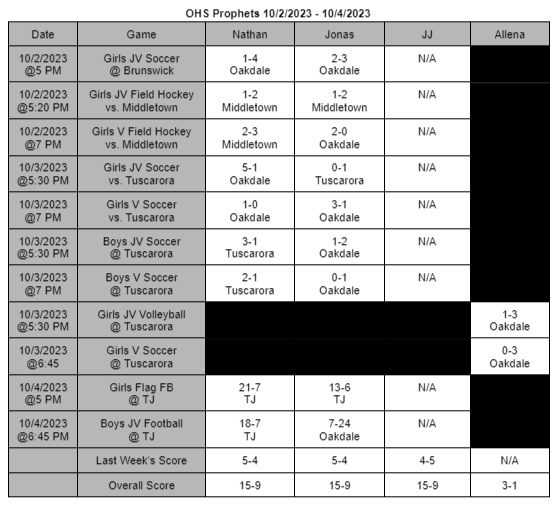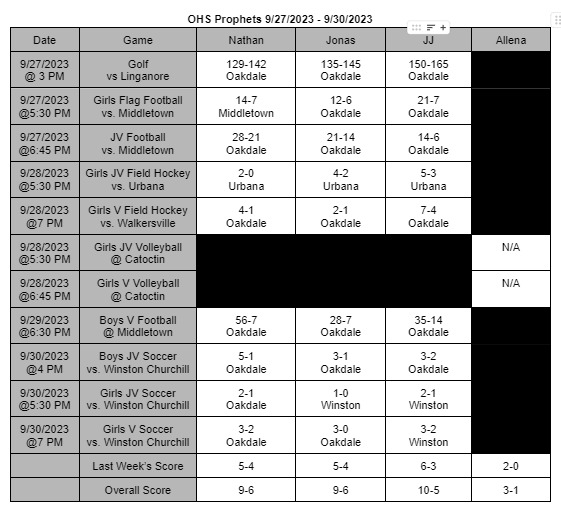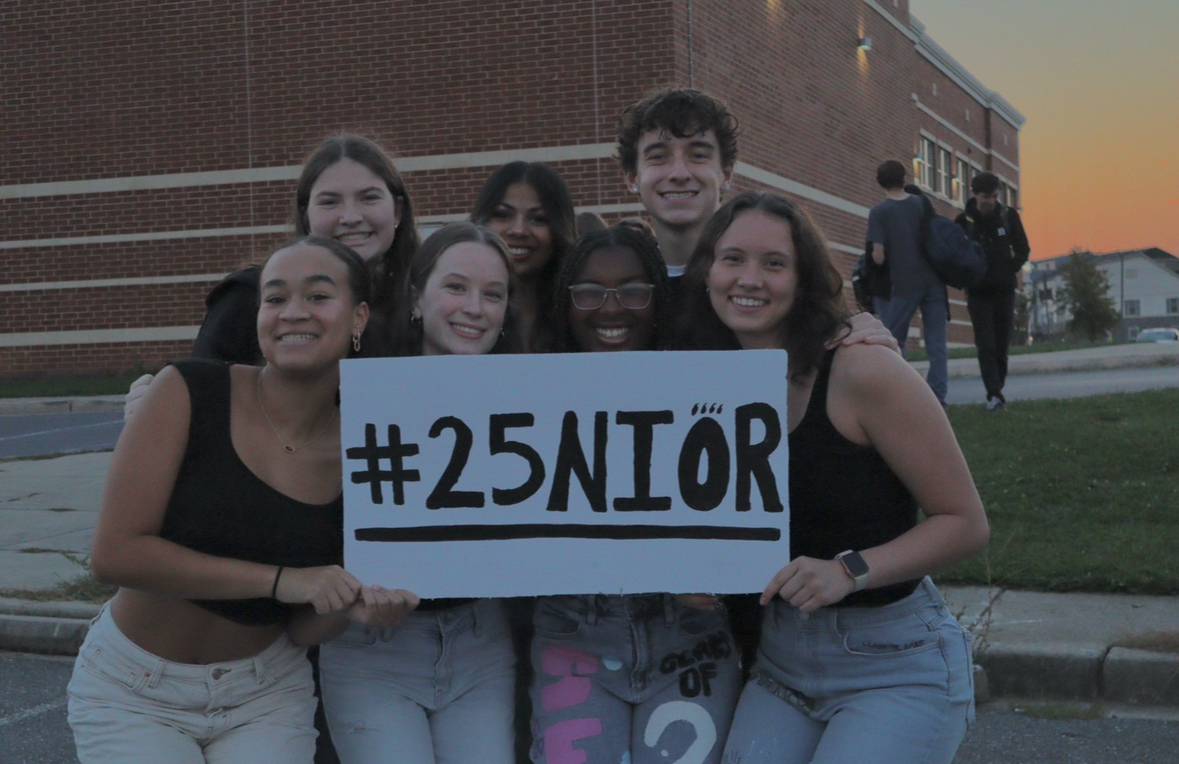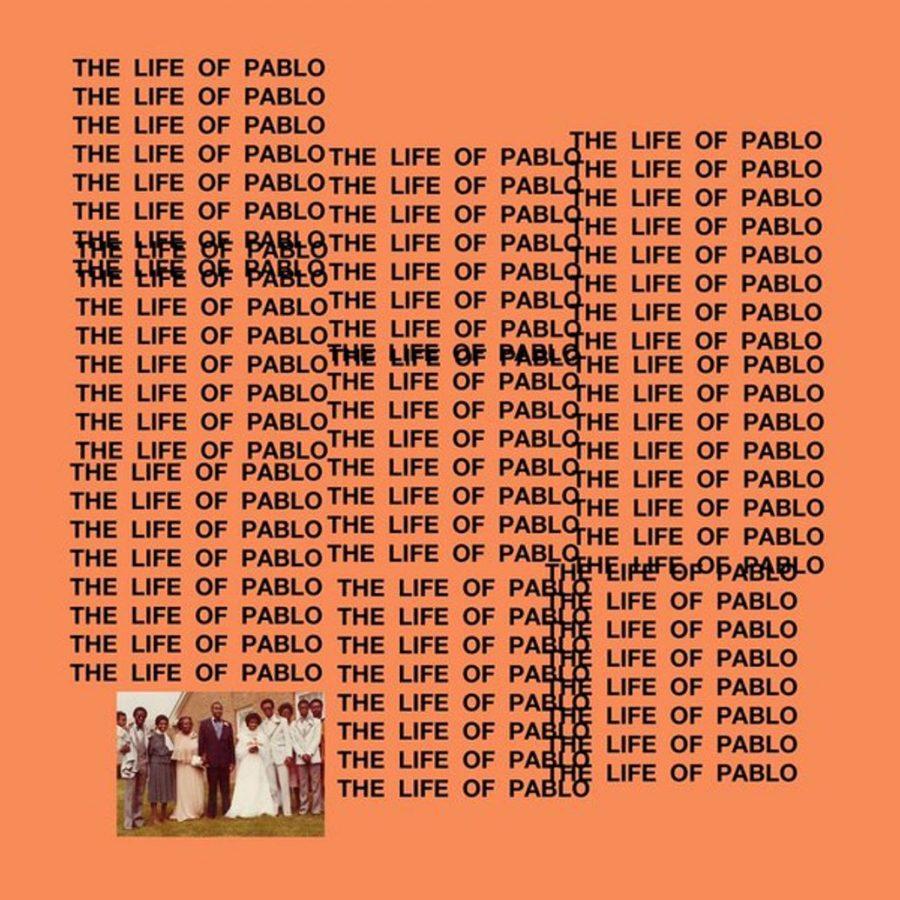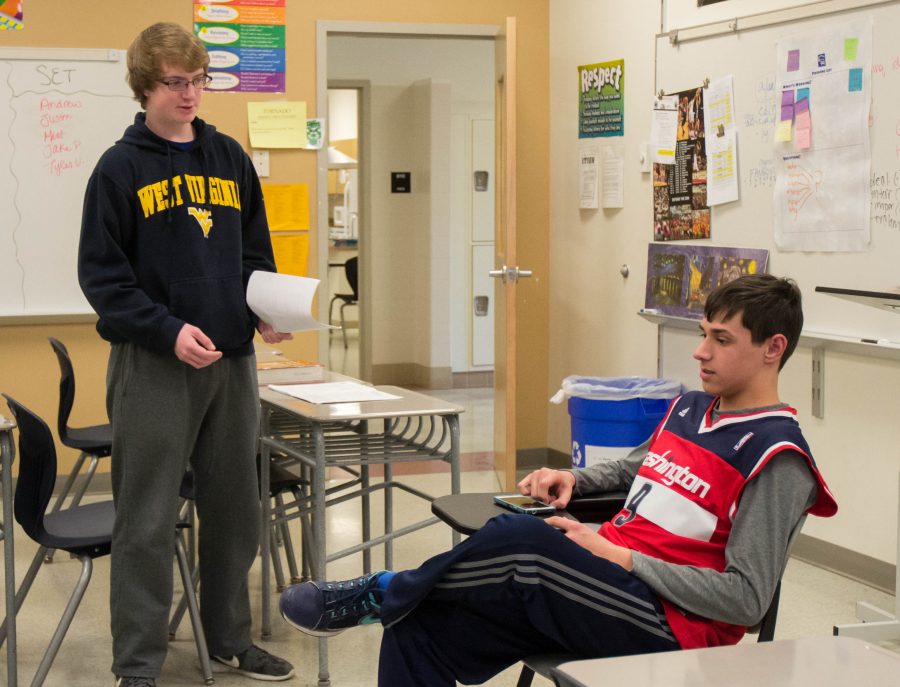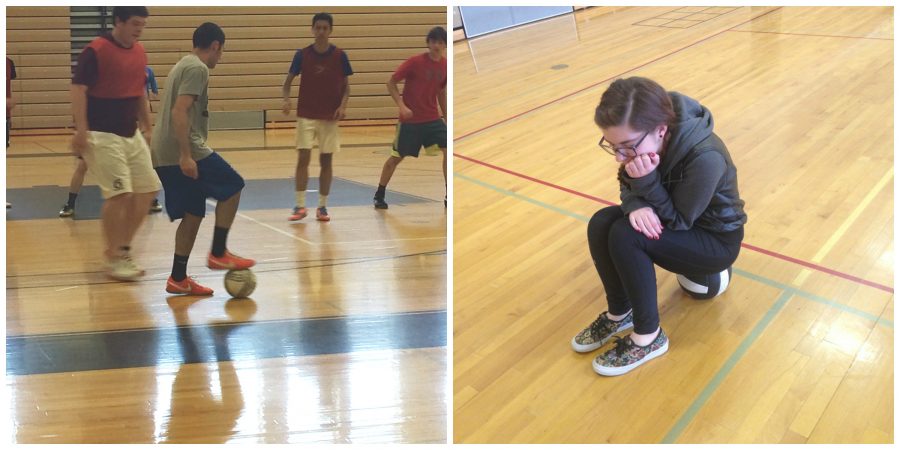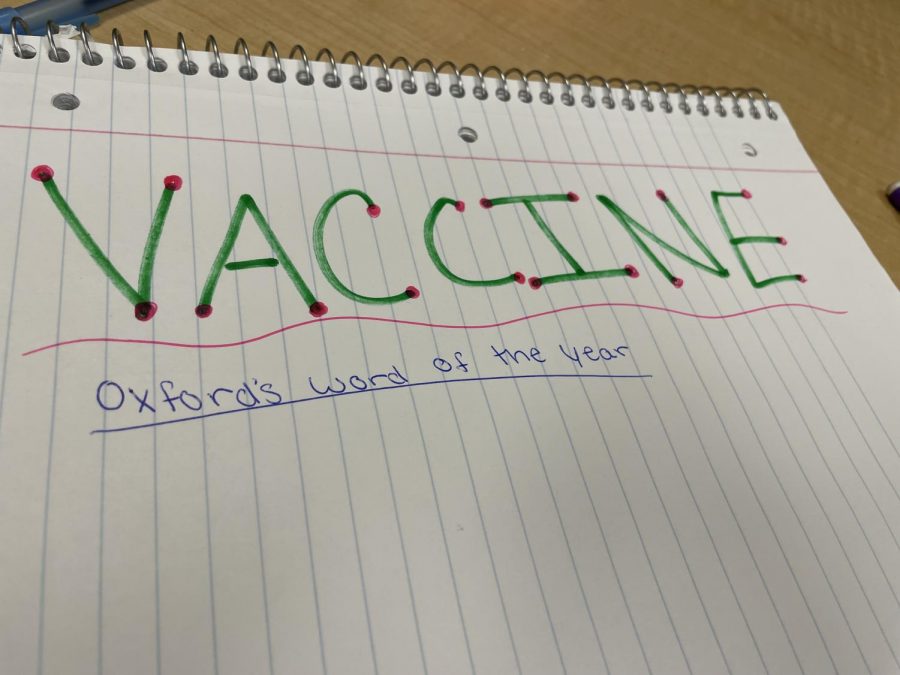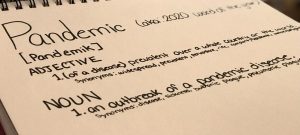2021: The Vaccine Year
The New York times announced Oxford’s 2021 word of the year is “Vaccine” on November 3rd.
December 22, 2021
2021’s word of the year: Vaccine. On March 11th, 2020 COVID-19 was declared a global pandemic. Nearly a year later, 93.6 million vaccine doses had been administered in an effort to end the pandemic. After the world shut down last year, many people became desperate for life to become normal again. The first steps in this are wearing a mask and getting vaccinated if possible.
“The vaccine helped me by allowing me to hang out with my friends more and go back to in person school.” Sophomore at Oakdale High School, Melissa Krajewski expressed.
On January 4th, 2021 Scientists working with Moderna introduced half dose vaccines. The next day, they announced the production of 600 million vaccine doses. By February 1st, more of the population had been vaccinated than infected.
On February 21st, 2021 it had been reported that the Pfizer vaccine was 98.8% effective against death and hospitalization after 2 doses, and 85% effective after the first dose.
The Johnson and Johnson vaccine was released on March 1st of this year, with the following announcement that by May, the vaccine would be available to every adult. Within the next week, the CDC released guidelines on activities for vaccinated individuals. People who had both doses could resume some activities such as meeting other vaccinated people, or see people from one other household.
President Biden had a goal to administer 100 million vaccines by his 100th day in office. This goal was reached on March 19th, a little over a month before his 100th day. On average, the United States was giving 2.5 million vaccine doses each day.
On April 2nd, travel guidelines were expanded. The CDC released a statement saying fully vaccinated people could travel domestically. Safety precautions like wearing a mask, and social distancing were still recommended. By April 29th, over half of the US states reported a decrease in their number of cases.
On May 10th, the Pfizer vaccine was approved for teenagers ages 12-15. Although still not 100% effective, on May 26th new CDC data showed that being infected with Covid had become rare in vaccinated individuals.
On June 1st workplaces could start requiring employees to be vaccinated. Then on June 3rd, Biden announced his new goal to have 70% of Americans to have at least one vaccine dose by July 4th. Unfortunately a new variant of this virus had been introduced to the world during this time. The delta variant became a threat to ending the pandemic and caused the white house to announce that Biden’s goal would not be met by July 4th.
At the end of summer, students started to return to fully in person learning,and most schools required masks and some benefits for vaccinated students.
“I think the vaccine is affecting schools by allowing them to stay open and give more opportunities to students.” Krajewski also commented.
As of now, a new variant of COVID has started to spread; Omicron. This variant has shown to be more contagious, but be much less severe. Last week over 132,000 new cases were reported in the United States. FCPS sent out an announcement on December 20th saying school will continue to be in person after winter break and winter sports will continue as normal. Prince George’s County has decided to return back to virtual learning and Montgomery County shut down winter sports until at least January 3rd. To prevent this from happening to FCPS, it is required to wear your mask correctly while you are in school, so please remember to do so.










